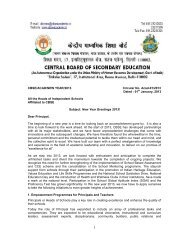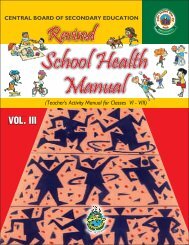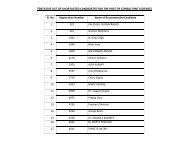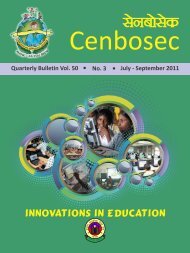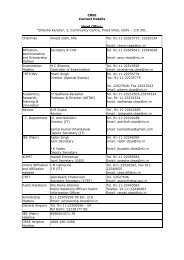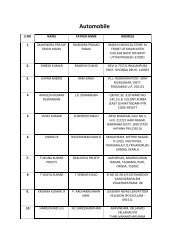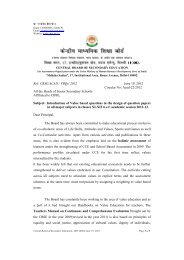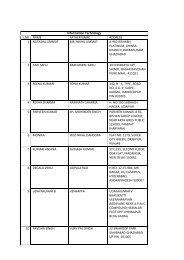CCE Manual VI - VIII - CBSE
CCE Manual VI - VIII - CBSE
CCE Manual VI - VIII - CBSE
Create successful ePaper yourself
Turn your PDF publications into a flip-book with our unique Google optimized e-Paper software.
Continuous and Comprehensive Evaluation<strong>Manual</strong> for Teachers• Self-Assessment: refers to the student’s own assessment of her/hislearning and progress in knowledge, skills, processes, interests,attitudes etc.• Peer-Assessment: refers to one student assessing other children.This can be conducted in pairs or in groupsc. Assessment can become a useful and interesting process. Torealize this you need to be careful about:• Being clear about why you are assessing the student• Not labelling students as slow, poor, intelligent, dull or makingcomparisons between students• Using a variety of ways to collect information about the student’slearning and progress in subjects and across curricular boundaries• Collecting information continuously and recording the same• Giving importance to each student’s way of responding andlearning and the time it takes to do so• Reporting on ongoing, continuous basis and being sensitive toevery student’s responses• Not making negative statements, or using technical languageduring assessment, or while providing feedback to the student,parents or others• Providing feedback in clear and simple language which will leadto positive action and help the student to do betterIII. Inclusive Classroom“To make inclusive education possible, to accommodate students withdifferent learning abilities, the present education system and educationalpractices need to become more flexible, more inclusive and morecollaborative.”Education of Children with Special Needs, NCERT95





